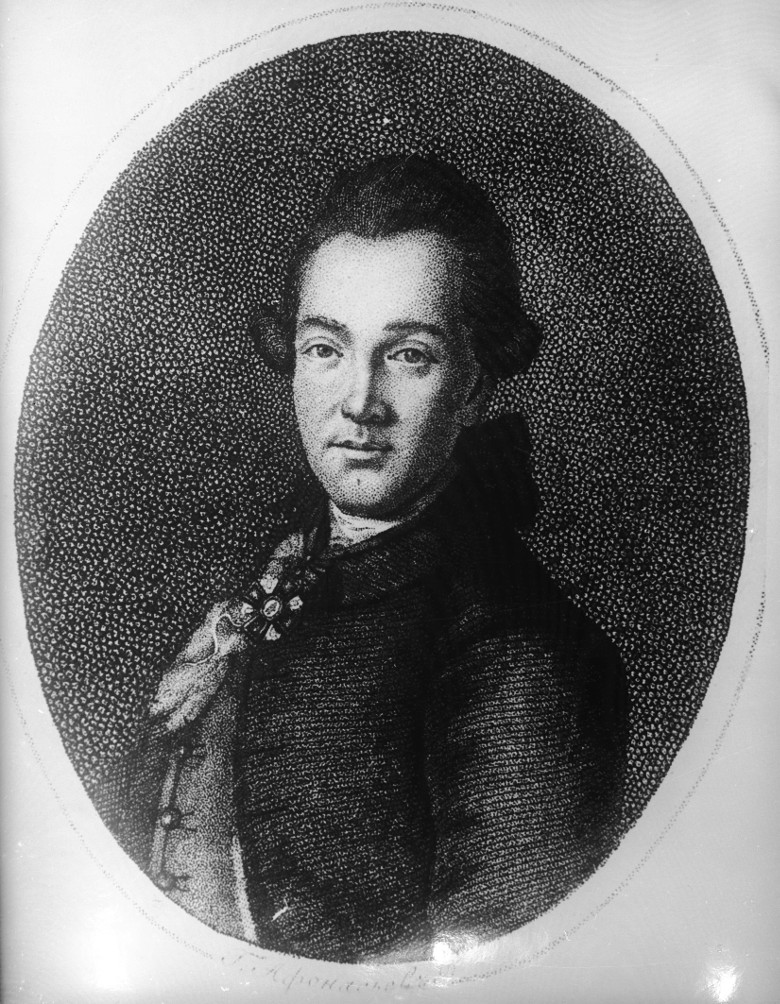Matvei
KAZAKOV
Famous Russian architect

The whole of Moscow, seen by the French in 1812, was built by Kazakov.
The Kazakov family lived near Borovitsky Bridge, not far from the Kremlin. Fyodor Kazakov, the father of the future architect, was a former serf. *
The files of the Governing Senate contain a request submitted by Dmitry Ukhtomsky, the then Chief Architect of Moscow, in January 1751. In this document, he wrote about his intention to take Kazakov as his apprentice: “I have noticed Matvei Kazakov, the son of Fyodor Kazakov, the deceased junior chancellery clerk at the Main Kriegs Commissariat (Army Logistics Support Office) who has not received any position to date. However, he can effectively work as a secretary at my office, and he is quite enthusiastic about studying to become an architect.”
The architect asserted himself, while working at the Kremlin Construction Expedition under the supervision of famous architect Vasily Bazhenov who wrote: “Kazakov has gained such impressive architectural knowledge that he is capable of implementing major projects during initial construction and in the future.”
A contemporary of Matvei Kazakov wrote: “The whole of Moscow, seen by the French in 1812, was built by Kazakov. Its public buildings included the University, palaces and a hospital commissioned by Prince Golitsyn. Kazakov and his students worked on Classicism-style buildings with their colonnades, porticos, frontons and domes that were renowned for their official yellow colour. This made it possible to streamline the chaos of Moscow’s streets, to even out and straighten them up.”
After eventually replacing Bazhenov as Head of the Kremlin Construction Expedition, Kazakov established an architectural school under its auspices.
Excerpts from a request to establish the school: “We need to train Russian masters who could be sent to work in other Russia’s provinces. Therefore we would have no need for foreign craftsmen who know nothing about the quality of local construction materials and what the Russian climate is like .”
Kazakov’s last project aimed to collect blueprints and technical drawings of his own structures.
As the Grand Army of Napoleon Bonaparte approached Moscow, members of Kazakov’s family took him to Ryazan. It was there that he learned about the great fire in Moscow. His son wrote: “This news dealt him a mortal blow. After devoting his entire life to architecture, after decorating the Russian capital with magnificent buildings, he could not but shudder, as he imagined that his longtime efforts had been turned into ashes and disappeared in a puff of smoke.”
* Information courtesy of the interviewee and statements by his family members, friends and colleagues











